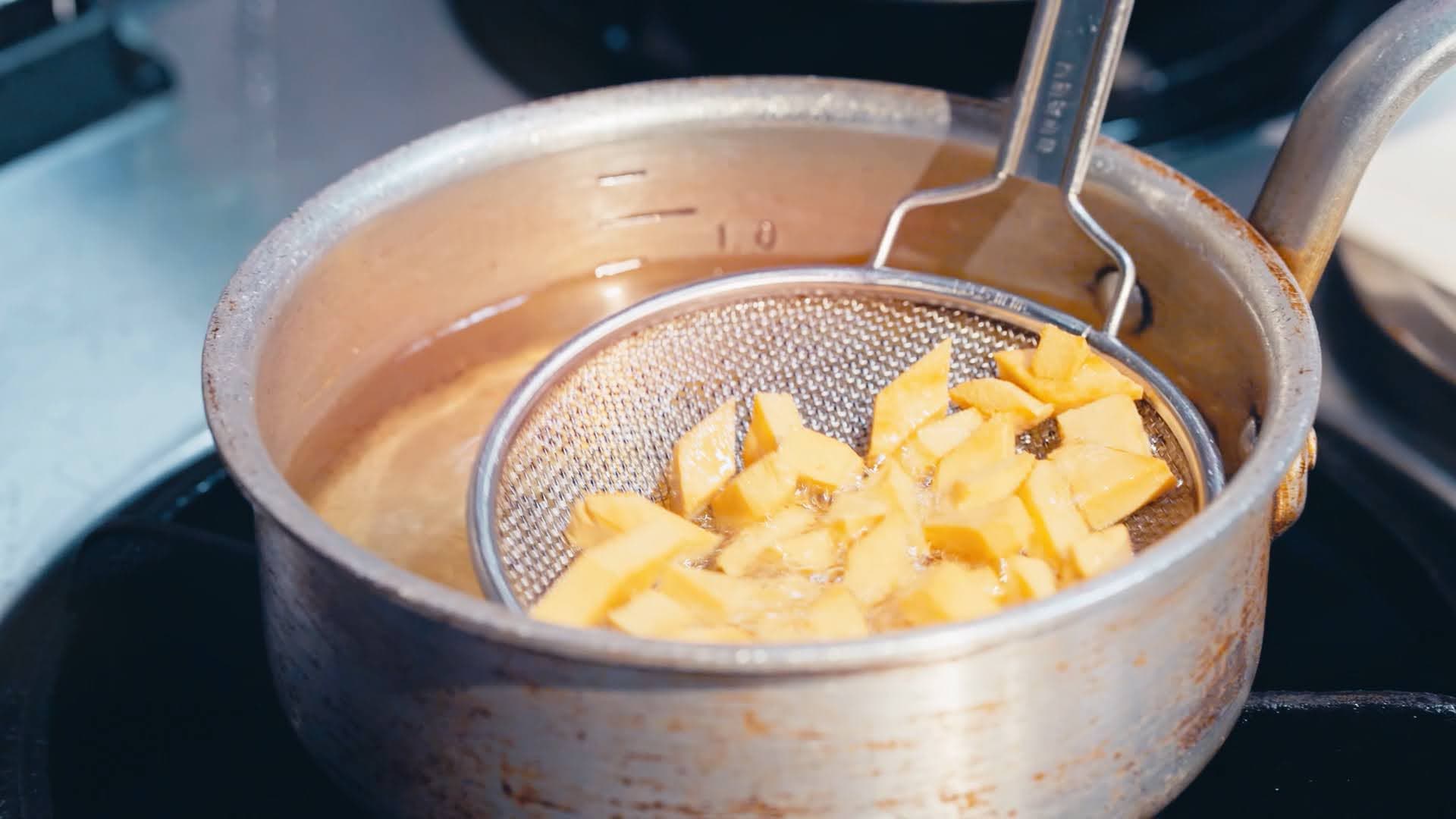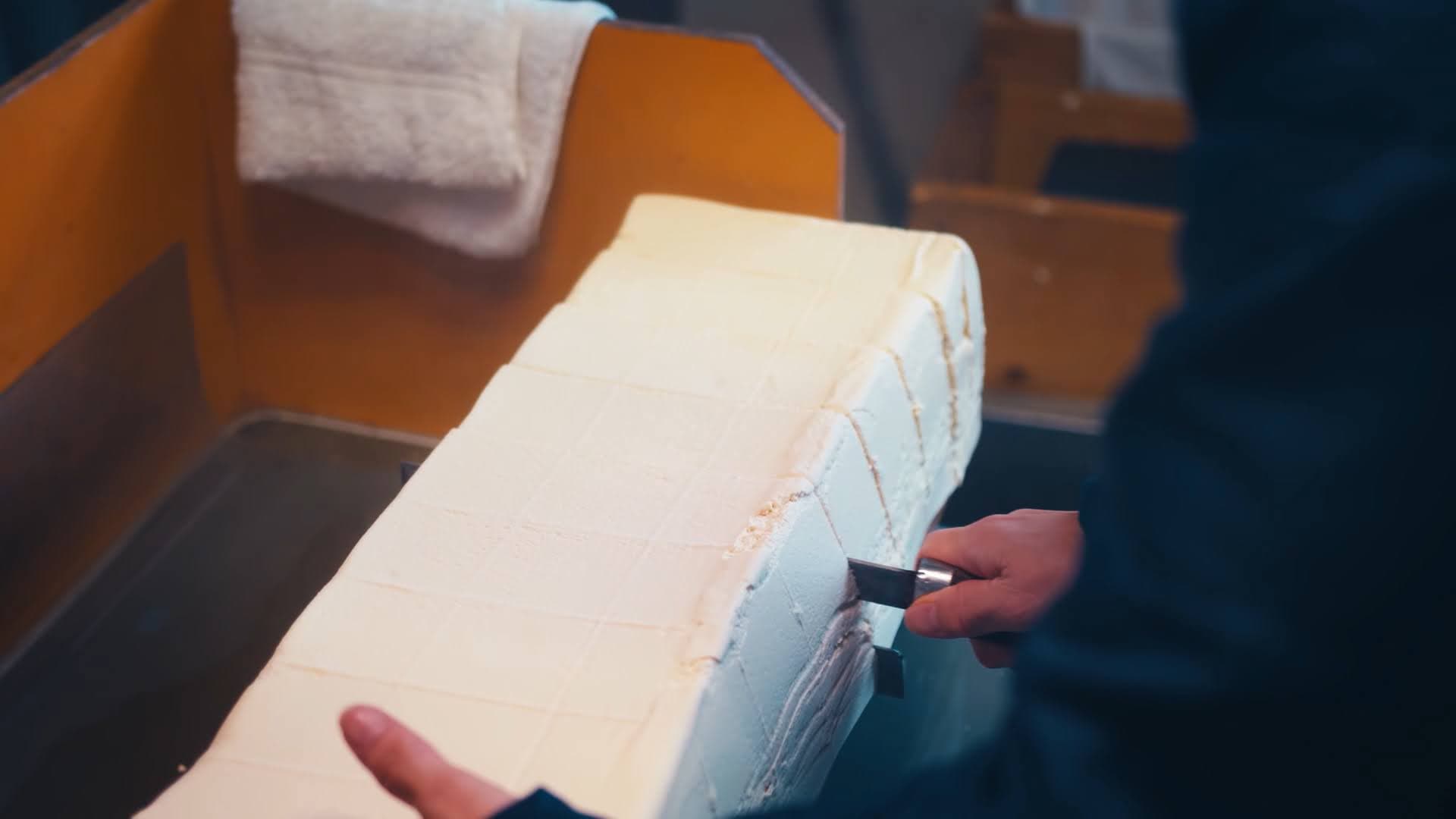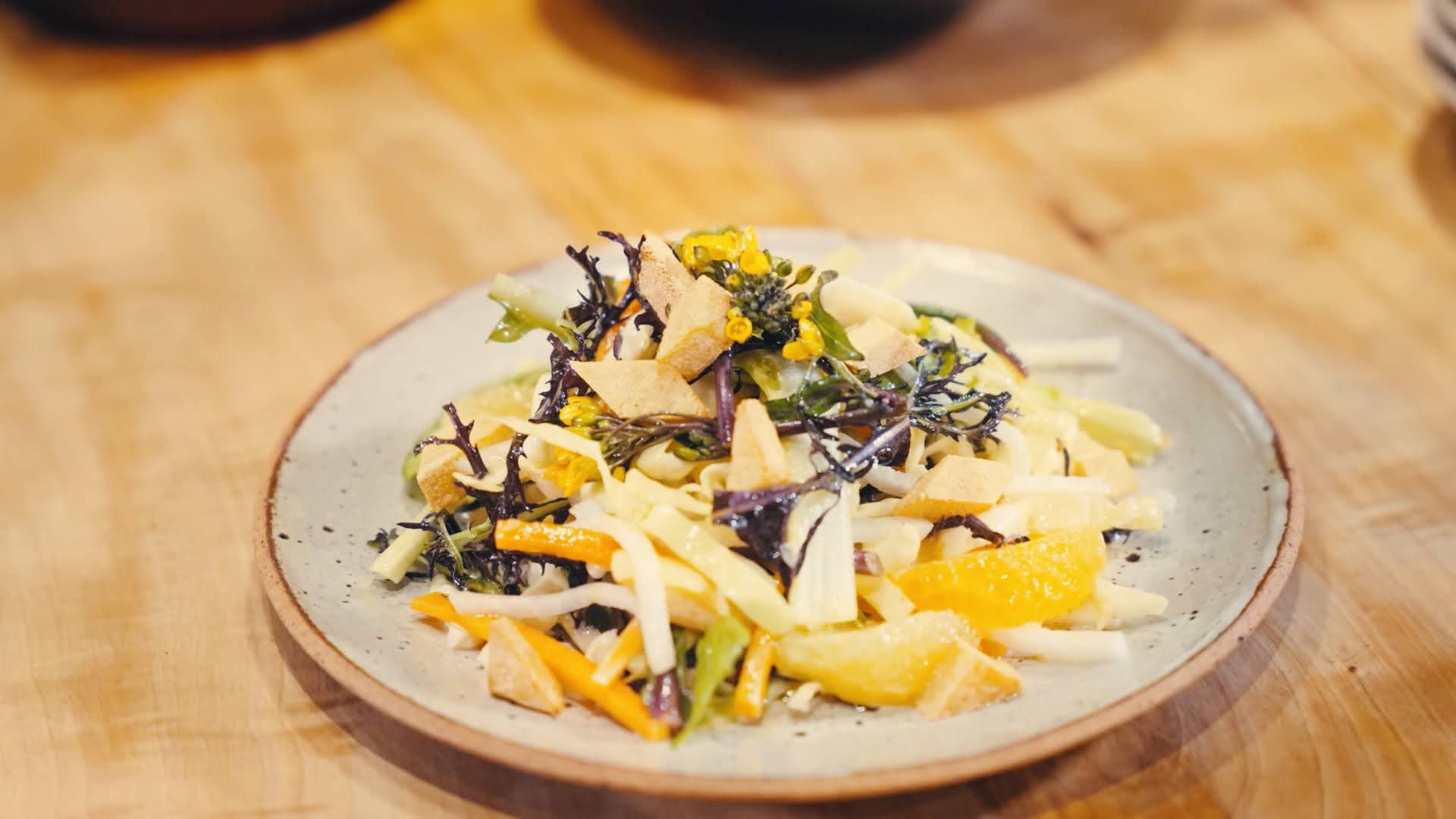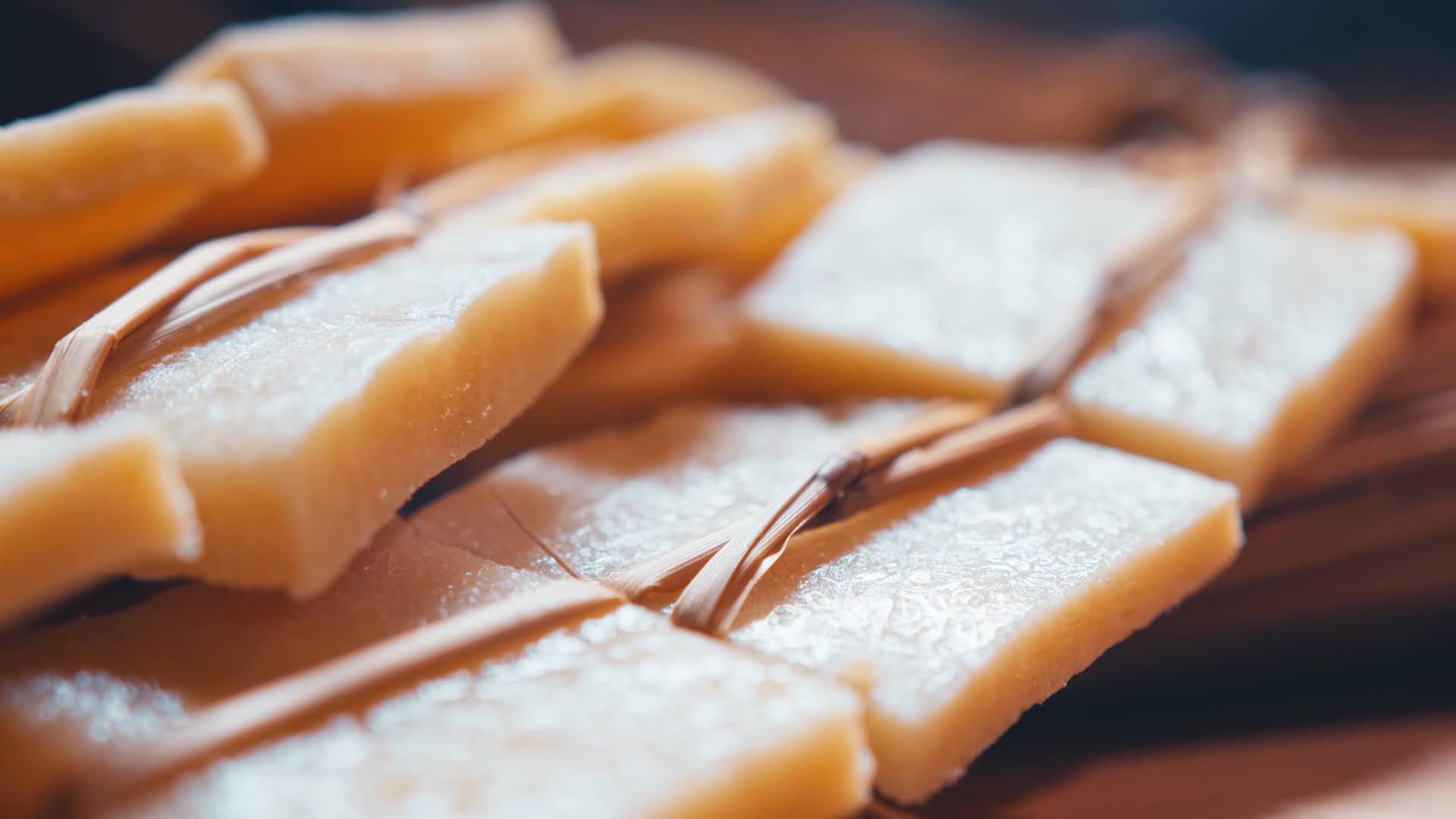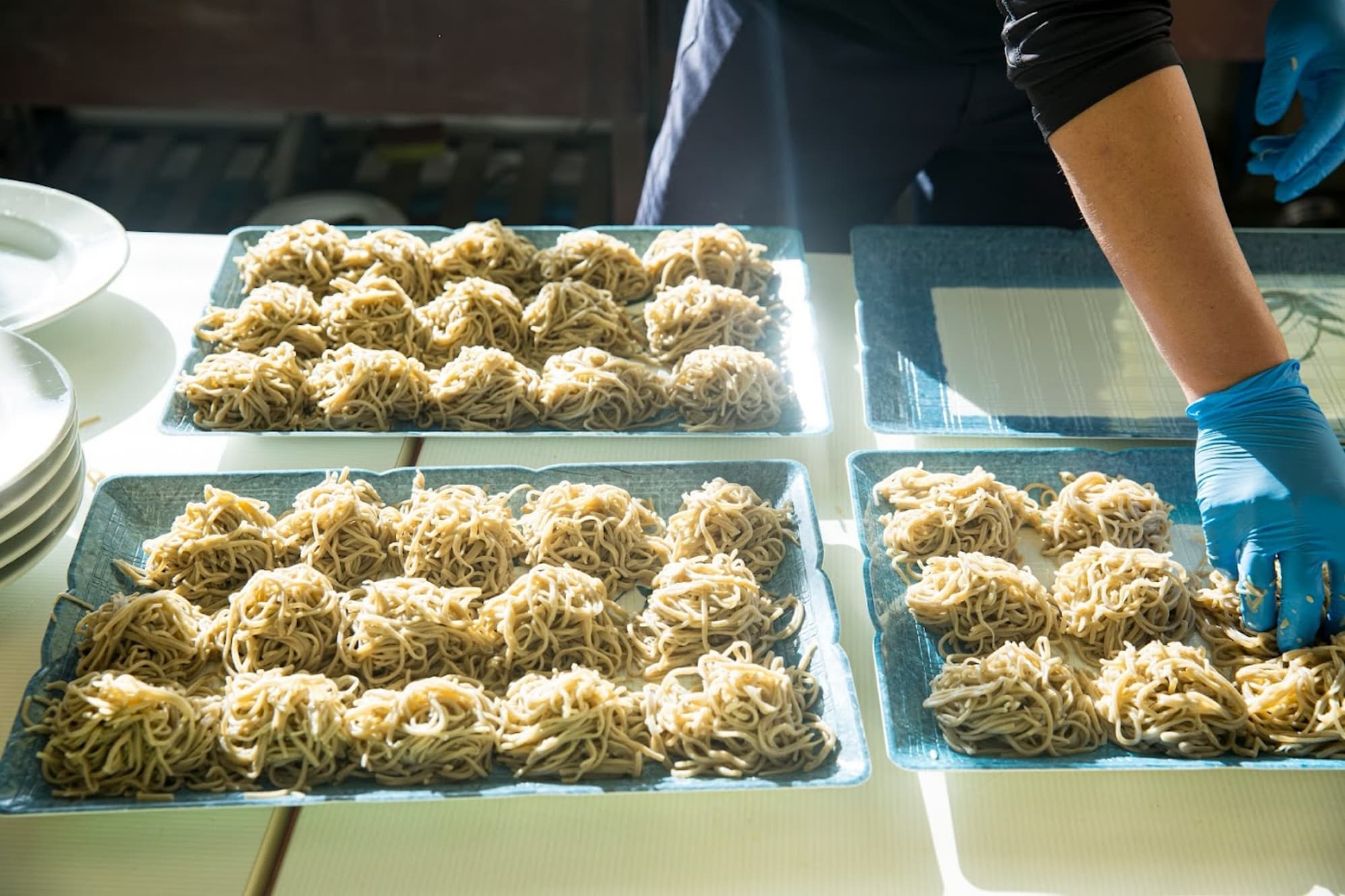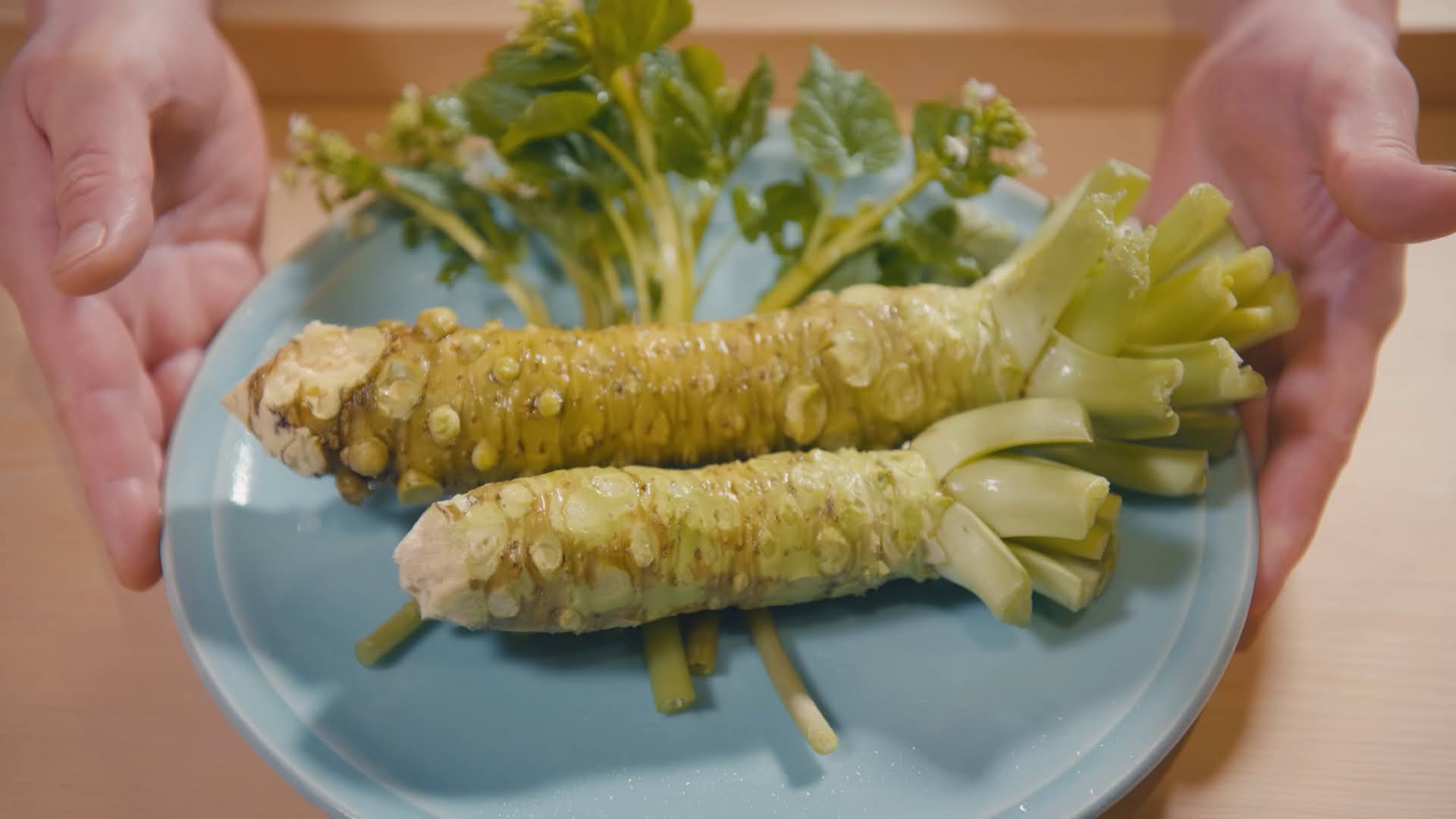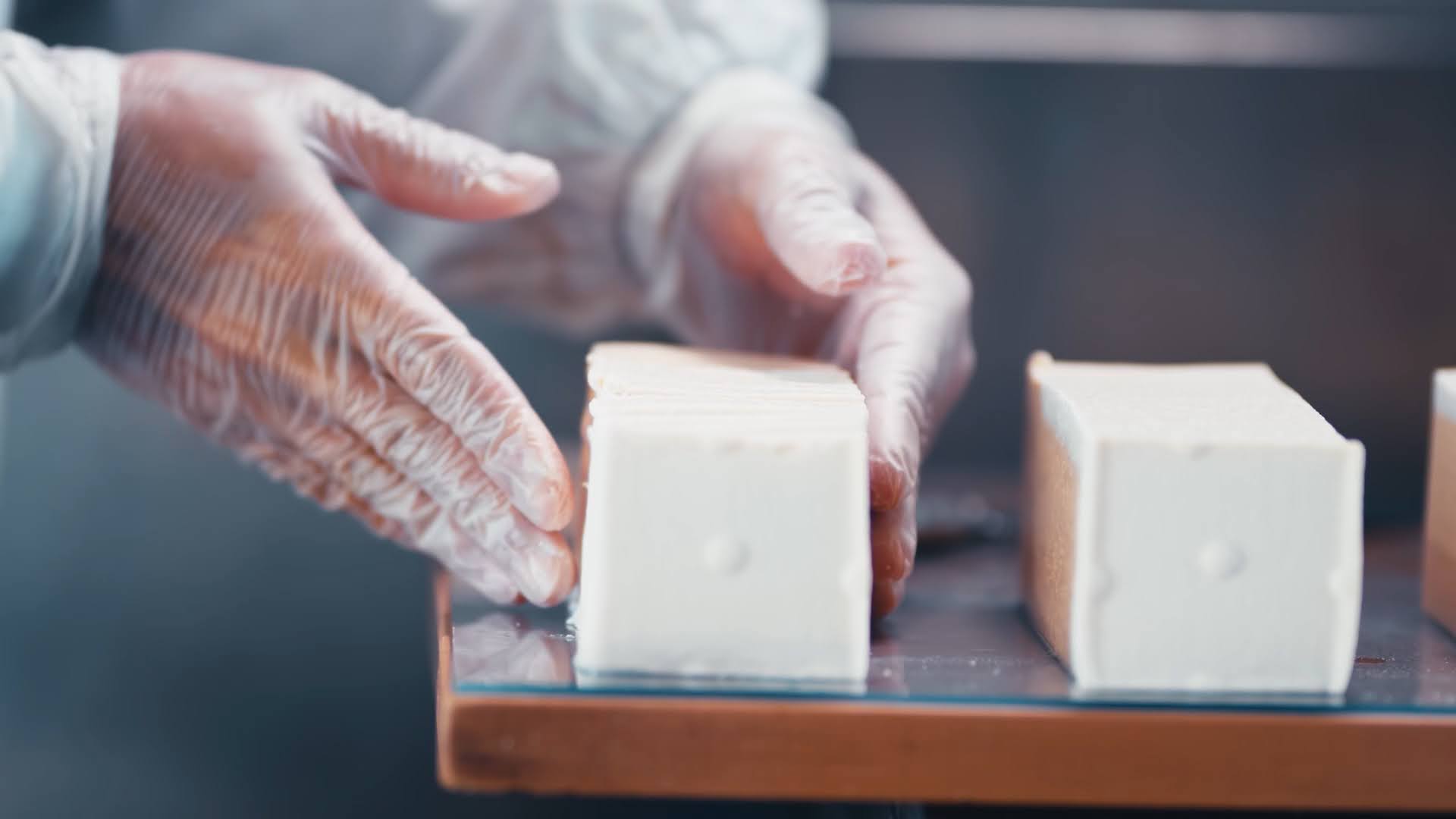
A coincidence born in Winter – KORI TOFU
凍てつく寒さが生んだ偶然 – 凍り豆腐
Processed foods made from soybeans, such as tofu, natto (fermented soybeans), thick fried tofu, and ganmodoki(deep fried soybeans), are an essential part of the traditional Japanese diet. Among these, kori-tofu (also known as koya tofu), made by freezing and drying thinly sliced cotton (momen) tofu, is particularly rich in protein and can be stored for a long time. Not only kori-tofu, but also dried foods such as dried shiitake mushrooms, kiriboshi-daikon (dried radish), and hijiki algae are also very popular in the average household as an easy-to-prepare side dish.
Frozen tofu born from the wit of a monk
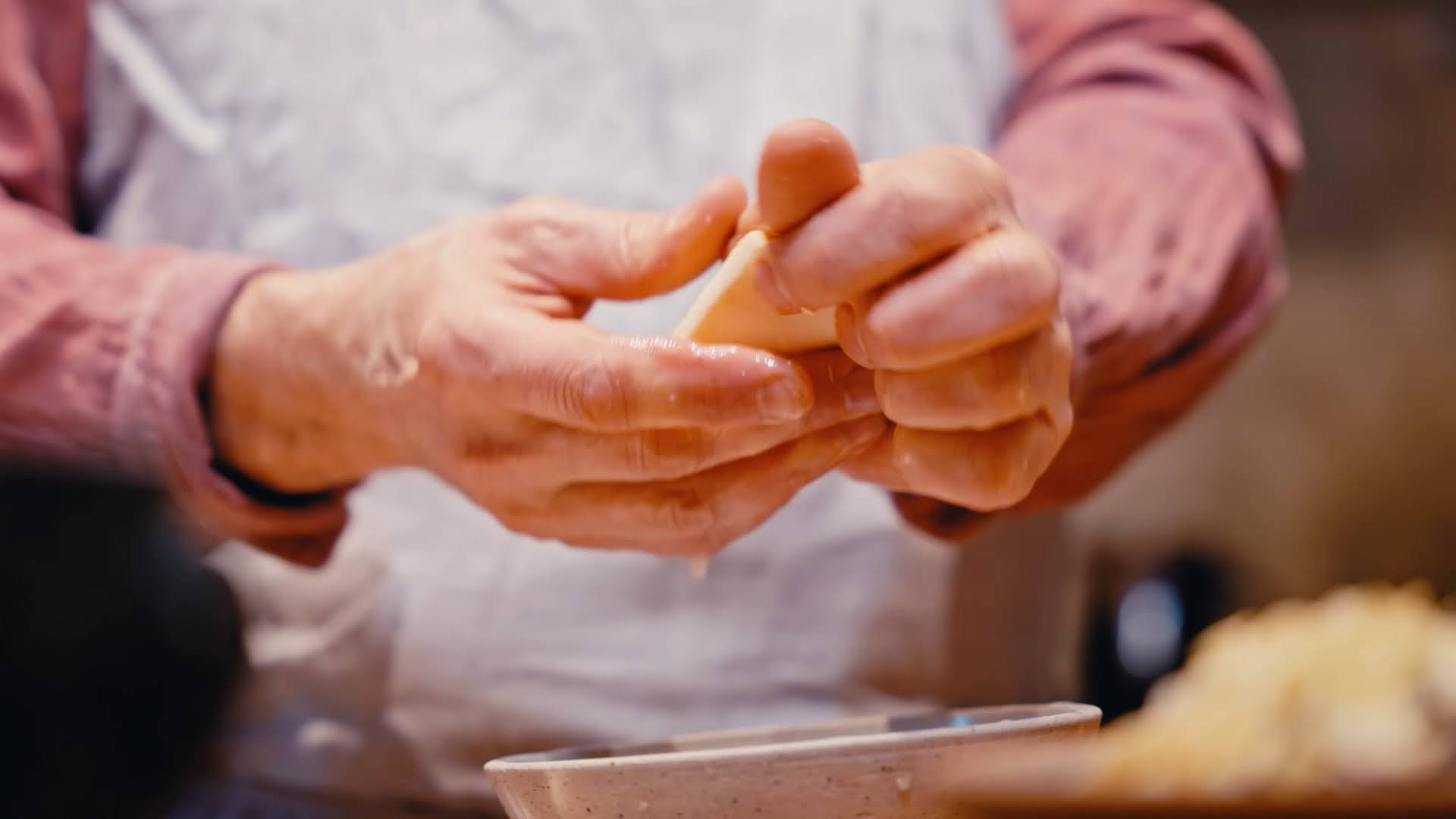
There are various theories about the origin of kori-tofu, and according to one of these the origin dates back to a cold winter day in the Kamakura period (1185-1333) on Koyasan (Mt. Koya). This was when monks put tofu that had frozen back in water and then ate it. For monks who were on vegetarian diets deep in the hard to access mountains, easily preservable kori-tofu was a valuable source of protein, and various cooking methods were devised. It is said that the tofu eaten at Koyasan gradually spread throughout the country.
Production during the severe winters
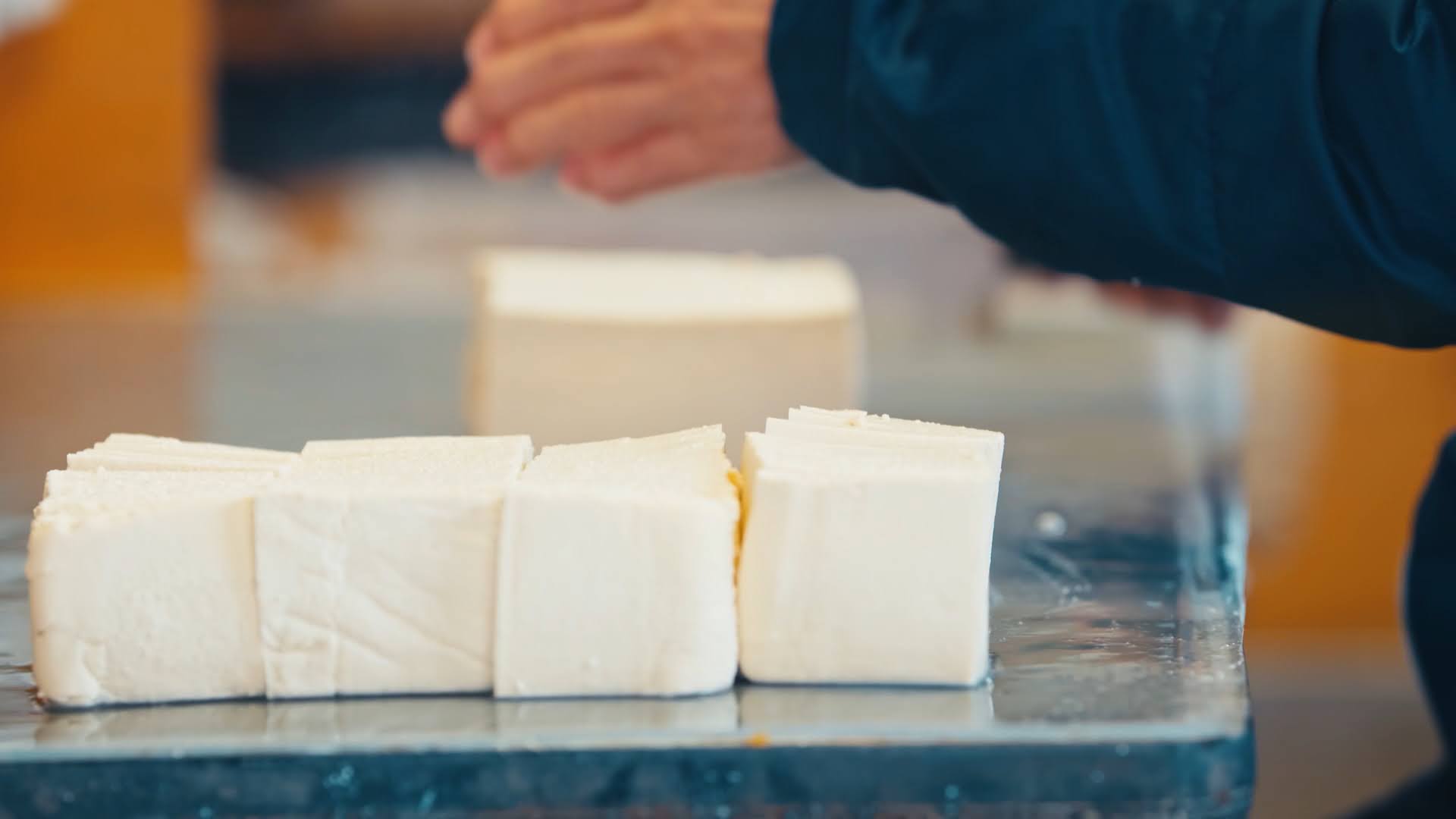
Meanwhile, Shingen Takeda, who ruled Nagano during the Warring States period, began to produce kori-tofu as an emergency food during the war in the late 15th century to the late 16th century. Kori-tofu is made by repeatedly freezing and drying. Nagano’s cold winters and low humidity in the mountains provide an ideal environment for producing kori-tofu. For farmers, especially those in cold regions, the production of kori-tofu has become more and more popular as an important and reliable side business in winter.
Flavorful, gentle and healthy
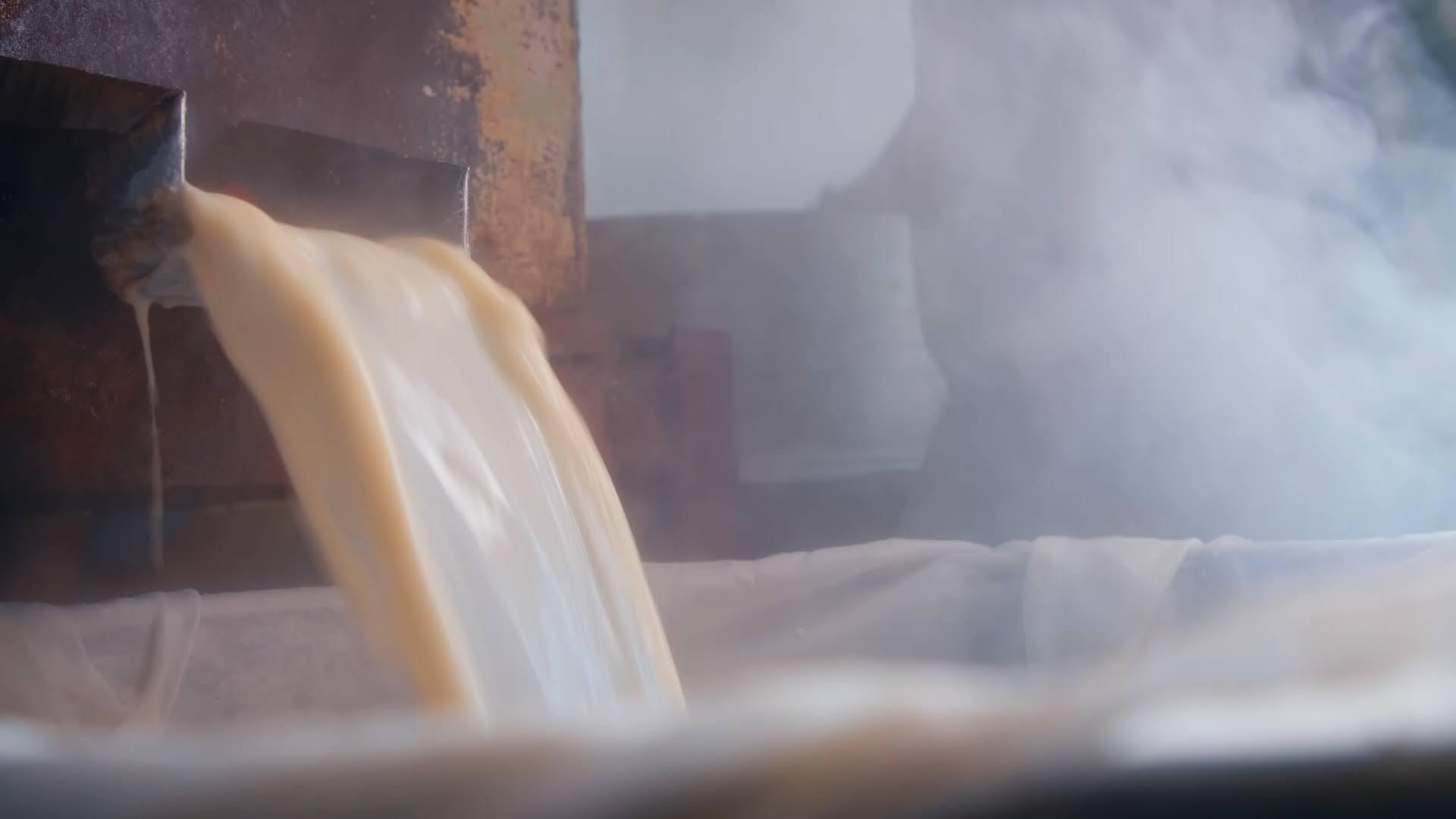
The kori-tofu industry in Nagano has become increasingly industrialized with the development of new technologies and production methods, as well as a lack of successors. Only few are still involved in natural kori-tofu production using traditional methods, but the spirit of the industry is still alive. What is important for the 450-year-old method of making kori-tofu is not only the precise skillship, but also the patience and effort to interact with the harsh winter of Nagano. Not only kori-tofu, but also the byproducts of making tofu, soy milk and bean curd, have been used as food and fertilizer This showcases the spirit of utilizing all of nature’s bounties. Such kori-tofu produced by Nagano’s nature is packed with the nutrition and flavor of soy beans and has a good chewy texture. Kori-tofu, which can be seasoned with any seasoning and is gentle on the body, makes one want to try out various recipes yourself.
